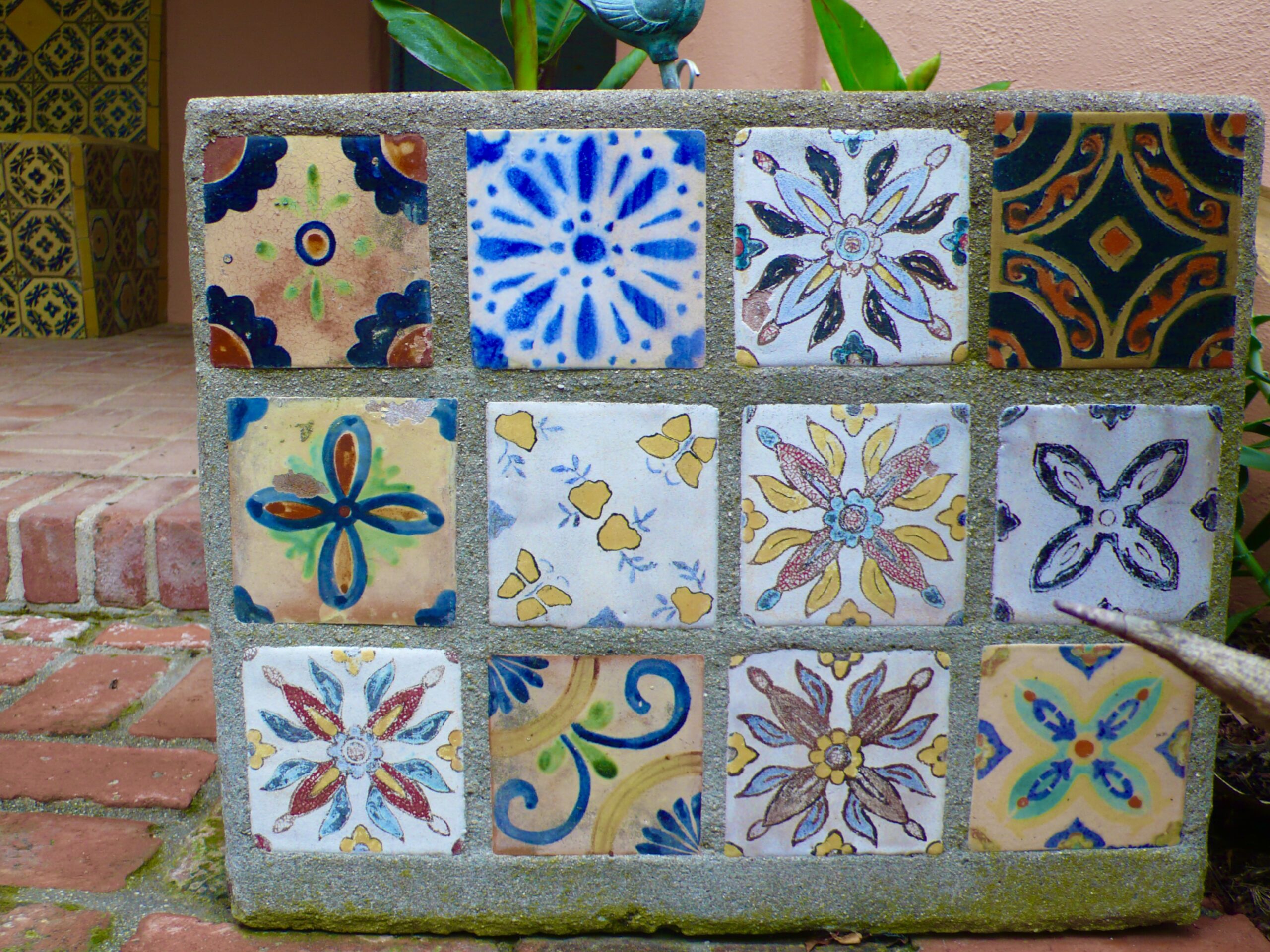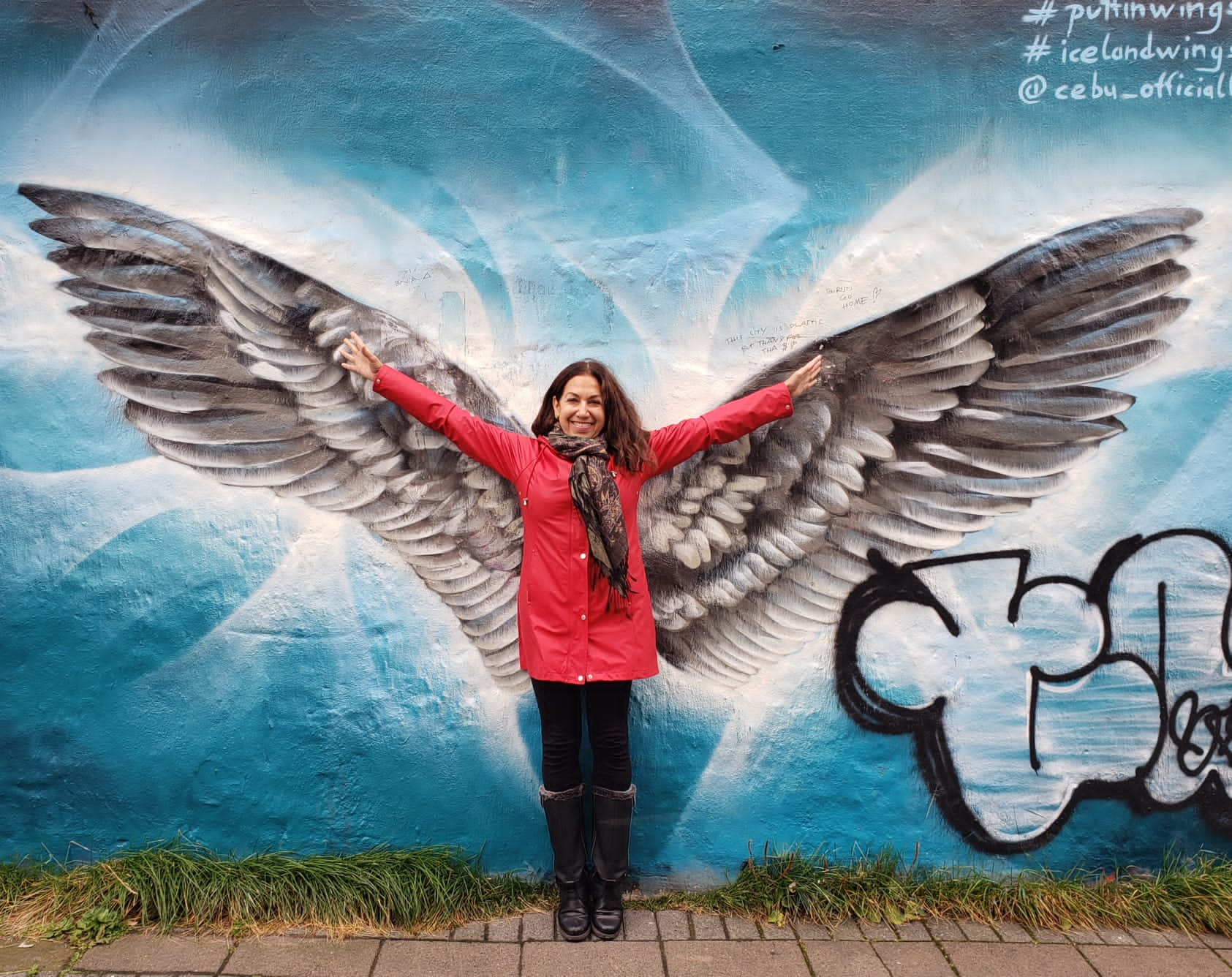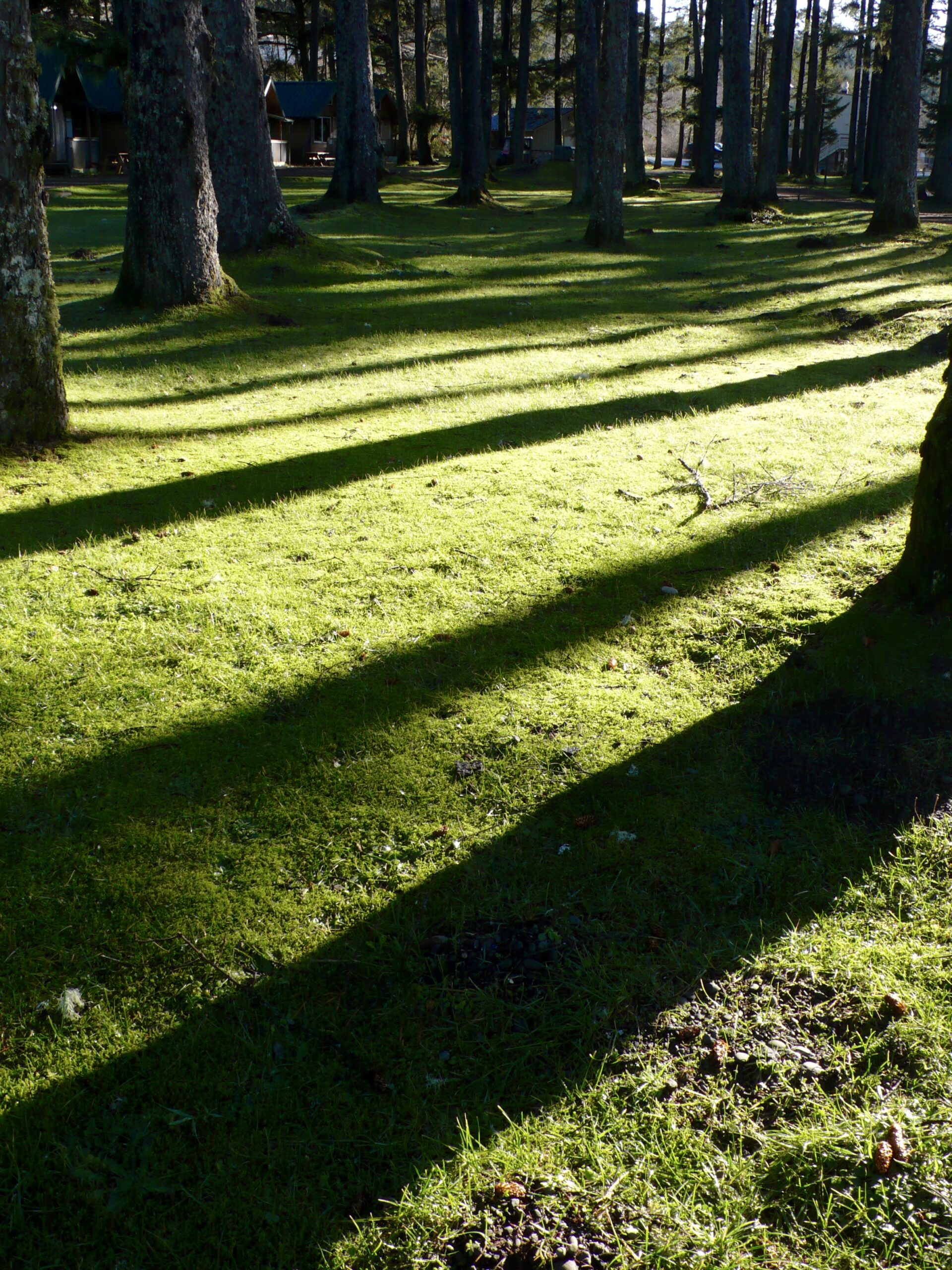On July 1, we visited the Golden Temple in Amritsar. It is almost impossible to describe its beauty. Shoes off, no socks allowed. Everyone (including men) must cover their heads. Scarves are provided for those who did not bring one along. To reach the temple, we must first walk through purifying water. I believe we have found the most handsome people on earth. I can’t believe my eyes. And to my surprise, we are just as interesting to them as they are to us. I take a photo of someone only to find two girls taking a photo of me. The marble floors are washed clean daily. The place is very very clean and the white marble feels hot under our bare feet. We are so in the moment that after a while, I no longer notice the hot marble under my feet. We walk along the purifying pond. People bathe in the water which is clean. Splash! Don joins the other bathers, long pants and all. He seems to be in a sort of trance. We all feel an amazing energy at this very seat of Sikhism! Don comes out of the water, somehow looking like a pirate because of the orange scarf (now wet) he is obliged to wear! Arvind says we can’t go into the temple until Don’s pants dry. Arvind has me remove my silk head scarf “so that Don’s trousers can dry in the sun”. Arvind places my scarf around Don’s waist for modesty’s sake. Arvind lays out Don’s Nikki-pants in the sun and they dry within minutes (Nikki made the pants for him back in Seattle and they are the perfect pants for India). They dry fast, but not fast enough. A big Sikh man comes over to gently scold me for not having a scarf over my hair. He proceeded to kindly wrap one of the orange scarves around my head, all the while feeling sorry for my “exposure”. Once Don’s Nikki-pants dried, we went inside the temple where devotional music with voice and tablas was playing. Everyone felt so elated and peaceful. We felt one with the families of Sikhs walking clockwise around the temple, meditating, living a life of purity and love. I could have stayed all day.
Kelley and Don:
Don:
Dayna and Fran:
A few notes on Sikhism: It is an offshoot of Hinduism. Hinduism here in India is seen more as a way of life rather than a religion. Three “off shoots” broke away from Hinduism. The ‘off shoots” wanted to do away with caste discrimination. These “off shoots” were considered to be “reformists” The first off shoot was JAINISM (553 BC). The second was BUDDHISM (532 BC) and the third was SIKHISM (16th Century).
A Sikh man must always have and carry the following:
long hair which includes the beard (hair is never cut), bracelet, comb, two swords (one a symbol of the temporal world and political power, the other a symbol of the spiritual world (divine power), shorts (worn under their trousers).
The Golden Temple in Amritsar, seat of Sikhism, is a jewel. More visitors come to the Golden Temple than to the Taj Mahal! Built in 1601, it is a blend of Indo-Islamic architecture, complete with domes, arches, lotus pattern and lotus motifs galore. It is very unique and all white with gold covered domes.
Punjab/Amritsar is one of the wealthiest areas of India. The farmers here are blessed with rich soil which yields the best wheat and produces enough wheat for entire India! The population of India is 1.2 BILLION. Now that’s a lot of chapatis being made from wheat produced here! Rich soil combined with the industriousness of the Sikhs make for comfortable lives. People are healthy and educated, family unit is strong (as in most of India), markets are thriving, dogs are fed. Women hold a more elevated status here than elsewhere in the country. 76% of the population here are Sikhs. The rest are Hindu. There are no Muslims. In 1947, Lahore and Amritsar experienced the worst violence yet to be seen in modern history at the time of the Partition. Amritsar is only 20 km from Lahore, Pakistan.
We drove on the Grand Trunk Road to the Pakistani border for the Wagah border flag lowering ceremony. This famous road goes across north India. It was built in the 7th Century and was called Uttarapat (Uttara=North and Pat=Road). In the 16th Century, this road was rebuilt and called Sherpat (Sher=Lion and Pat=Road). Then in the 18th Century, the British renamed it Grand Trunk Road as it looked like a giant trunk stretching across north India. It is now officially National Highway 2 or NH2, but the British name still sticks today. I enjoyed passing an amazing variety of fields: corn fields, rice fields, and wheat fields.
The Wagah Border Ceremony was something that I could have done without. In fact, we complained so much about this ONE event that it has been taken off any future itineraries. Imagine this: going from feeling totally euphoric from the calm, spiritual energy of the Golden Temple to passing armed military men and women, to being patted down twice by security guards (males and females separated, led into tented area, and patted down by a male-for men- or female -for ladies- military personnel), to joining a crowd of about 20,000 zealous Indian nationalists being led to a frenzy by a guy on a loud speaker shouting “Hindustan” and the crowd screaming back “Zindebar”. Translates to “Long Live India”, repeated again and again. The round of the above was followed by what sounded like a very long BAD off key “OM” (imagine the worst off key OM you have ever heard) over a loudspeaker and the guy’s got a set of lungs that won’t quit! And the heat. Rivulets down my back. Drip drip drip. We watch men in funky military uniforms “march” to the border gate back and forth. The military men from both sides of the gate (India and Pakistan), “greet” each other and “march” back to their happy crowds.
Every evening from 4-7, this ceremony takes place at the border between India and Pakistan-all this action on the Indian side and guess what? The Pakistanis, separated from us by a gate, are doing the same thing on their side just a few feet away! Across the way, on the Pakistani side, I can see that the men and women in the crowd are segregated: veiled women sit on one side of the bleachers and the men, mostly in white robes, sit separated from the women by a wall. On our side, the crowd is not separated by sex, all are sitting together, a wonderful mosaic of brightly colored saris. This nightly show/ceremony gives people on both sides great nationalistic pride, but also serves, perhaps, to ease political tensions between two countries sharing a horrific history.
















hey sis,were you here, in this crowd? what an amazing experience that must have been! So this goes on every night, and people go there whenever they choose to do so?